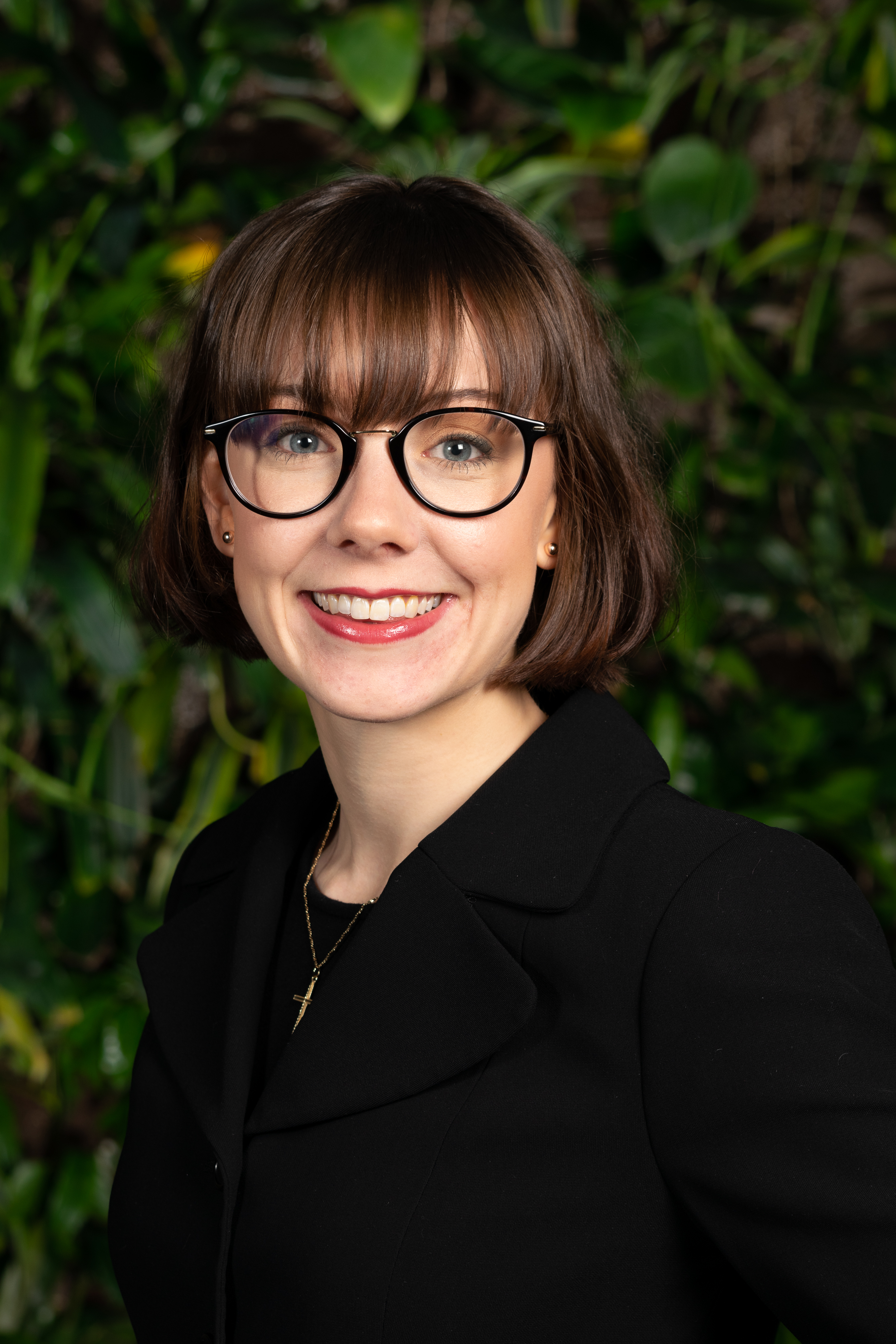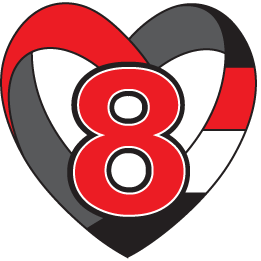
Psychogenic Non-Epileptic Seizures (PNES)

This is Christine's Story
Article first published by the Ontario Brain Injury Association, OBIA Review March 2020
2013 was a life-changing year for me. I was in two motor vehicle collision (MVCs) a few months apart. I sustained mild Traumatic Brain Injuries (mTBI) in both, and a whiplash injury, too. I’d hoped for a quick recovery, yet symptoms persisted day in and day out for months. Some of them included: extreme fatigue, dizziness, visual issues, as well as light and noise sensitivity — the list goes on. Eventually I was diagnosed with Post-Concussive Syndrome (PCS). I experienced regular setbacks. Examples: three weeks of intense vertigo (feels like the room is spinning) plus debilitating headaches and exhaustion. New signs made appearances as time passed. They included TMJ pain, ringing in my ears and then, in 2019, seizures.
(July, 2019) I was sitting in a drug store parking lot with my mother when, shockingly, I suffered from what appeared to be a seizure. A few seizures later, I was in an ER waiting room, uncomfortably impatient to get triaged. Until then, my seizures had been relatively short and well contained, although I didn’t understand the strange, unsettling sensations taking over my body.
At times I’d managed to suppress them but then came the moment, only a bare few seconds, when I was totally overpowered by a strong physical rush. My body shook rapidly and aggressively. I can’t remember seeing the medical staff, but I heard them talking about me as they lugged my uncooperative body onto a gurney and into the ER. I continued to shake with no control over my body. After 24 hours, I was transferred to the epilepsy monitoring unit for another 24 hours.
I had electrodes attached to my head so the doctors could study my brain activity (electroencephalogram – EEG). I continued to seize during most of my hospital stay. After the observation time had passed, I was told that my brain was actually fine. In fact, the doctor said, my scans were normal, as was my electrical brain activity.

So what had happened to me?
There are some distinct differentiating factors in the presentation of an epileptic seizure versus a non-epileptic seizure. To the average person, it’s hard to tell the difference between one kind of seizure and the other. Many people don’t realize – I hadn’t – that there are multiple types of seizures. I was told by the doctor that I had experienced Psychogenic Non-Epileptic Seizures (PNES). Upon discharge, I was given a short list of psychotherapists and sent on my way. I left the hospital being rolled out in a wheelchair. I was in a fragile state, completely exhausted, confused, and worst of all, still having regular seizures. I was given next to no tools on how to function in my new reality.
All sorts of questions swirled through my mind. Could I continue to live alone? Would I be able to go back to school and function normally? How long before I’d seize again? Would my condition improve or worsen? How will a psychotherapist rid me of this severe physical disability? And so on!
My new reality: long doctor’s visits, multiple hospitals, six months. All for nothing.
What do you do when no one pays attention to you? When you and your symptoms are pushed to the curb and you’re left for hours or days in the hospital, waiting and hoping for answers? It was incredibly frustrating to have been examined by so many neurologists and psychiatrists only to leave each time with no resources to help.
On my fourth or fifth emergency visit, I arrived by ambulance as usual and was rolled into the hospital. There, after only a glance from the ER doc, I heard him say the word “fake.” Tears filled my eyes as my non-verbal, deeply frustrated self waited and hoped to be taken seriously. I wasn’t “faking” any of this!
PNES used to be called pseudoseizures — pseudo literally means fake as in “fake” seizure(s). The reason for the name is that an epileptic seizure causes abnormal brain activity, whereas a nonepileptic seizure (PNES) does not. PNES can mimic the appearance of one thing while being something else. Again, that’s why the two conditions are usually indistinguishable to the average observer.
As you can imagine, being a patient labeled with pseudoseizures is invalidating and degrading. “Pseudo” and “fake” are descriptors still regularly used. Although “PNES” is certainly an improvement, it contains the word “psychogenic,” which can imply that the problem is all in one’s head, making patients feel disregarded.
PNES can stem from several different causes, some of which do not reside in the psyche. Don’t get me wrong: I’m not discounting the psychological nature of PNES or the potential impact of psychological factors in any disease. But to imply that psychological factors are the only ones to consider does patients a huge disservice. This mindset leads them down a narrow path with little or no direction for recovery, completely discounting the possibility of a physiological component. In my opinion, a holistic view and treatment approach is essential with every condition and disease because everything within us is connected. Body, mind, spirit: all in one.
The trouble with PNES — beyond the inherent stigma—is that the diagnosis exists between two disciplines of medicine: psychiatry and neurology. When I realized the lack of clear responsibility, my initial reaction was “great!” Now I’d have two specialists consulting together in attempts to tackle my case! Twice as many chances to be cured.
Nope. That hope was far from the reality I encountered. Yes, it’s true: the disciplines can overlap considerably in many conditions, including PNES. Nonetheless, I found that instead of having two experts co-consulting and collaborating, I got bounced back and forth between them. Eventually, one would take it on, ultimately discharging me with no help or guidance. Sadly, there’s ignorance — even among medical professionals — about those of us who suffer from PNES. Let me share a bit more, in hopes of spreading some enlightenment.

I once had an ER doctor approach my bedside. I was still in the midst of a seizure when I heard him sternly announce: “You have 15 seconds to come out of this, or I am leaving. And I don’t know when I’ll be back.” This came after he’d attempted to free me by pinching my upper shoulder extremely hard. His experiment didn’t work. I’d felt all the pain but got no relief at all. Countless times physicians have made me feel like an annoying inconvenience — perhaps because it’s difficult for them to acknowledge their lack of knowledge about what to do?
There’s little help or understanding, it seems. I’ve been told by some not to return to the ER. (What else is a seizure, may I ask, but an emergency?) Some doctors have insisted that I have complete control — what ignorance! — while others assure me that I have no control at all. The amount of contradictory information is overwhelming.
To convey the seriousness of these seizures, I should mention the huge safety risk that accompanies having seizures. I regularly drop to the ground, lose the ability to stand and then become non-verbal and physically paralyzed post-seizure.
In fairness, I want to acknowledge the few fantastic ER docs who genuinely seemed to care and focused on trying to help. But from a patient’s point of view, the overall system appears flawed. PNES often falls through the cracks between two different medical specialties – with neither neurology nor psychiatry assuming responsibility for treatment.
My mother – a previous case manager — and myself — a driven and resourceful individual — have joined forces to help facilitate an effective course of treatment for my seizures. I’ve personally called more than 40 psychologists, psychotherapists and social workers, finding only two who’d ever treated a few cases like my own. Because the condition is so rare, there’s scant available information and experience within the medical community.
Today the cause of my seizures remains unknown. I did have the privilege of being seen by an epileptologist (epilepsy specialist) who informed me that there’s a link between brain injury and nonepileptic seizures. Finally: a potential lead that remains to be explored. It seems that, after a brain injury, the body and brain are in a state of conflicting distress. Maybe this concept will provide an avenue for further research.
My experience motivated me to write this article. I consider it essential — not just for me but for every sufferer—to bring awareness to the stigma associated with PNES. Please know that if you are currently suffering from it, I see you and I hear you. You are 100% valid and so are your symptoms. Take some time to explore all possibilities for your condition with the goal of determining the root cause of PNES so a true solution can be found. Here’s rooting for us all!
Christine Crowe is currently a second year student pursuing her degree in Neuroscience at Carleton University in Ottawa, Ontario

Don't see what you're looking for? Send us an email!
©Copyright 2024 Cam’s Kids powered by Kids Help Phone
Not-for-Profit Organization. B/N: 921508-5
Thanks for visiting Cam's Kids. Please remember...
Cam's Kids is not a service provider.
If you are in crisis, please call 911 or go to your nearest emergency department. For free, confidential counselling, contact Good2Talk or Kids Help Phone.
Post-secondary students: find your local crisis resource here.





